Fried squid slices, often referred to as “calamari” in many cuisines, are a beloved seafood dish cherished for their crispy exterior and tender interior. Whether served as an appetizer at a restaurant or a homemade delight, achieving the ideal balance of texture and flavor requires precision, patience, and a deep understanding of the cooking process. This article delves into the intricacies of preparing fried squid slices, from selecting the freshest ingredients to mastering the frying technique. By the end, you’ll be equipped to create a dish that rivals any professional kitchen.
The Allure of Fried Squid Slices
Fried squid slices have a universal appeal, transcending cultural and geographic boundaries. In Mediterranean countries, they are often seasoned with herbs and served with lemon wedges, while in Asian cuisines, they might be tossed in a spicy chili sauce or paired with a tangy dip. The beauty of this dish lies in its versatility—it can be a casual snack, an elegant starter, or even a main course when paired with complementary sides.
The key to exceptional fried squid is twofold: the squid itself must be tender, not rubbery, and the coating must be light, crispy, and golden brown. Achieving this harmony demands attention to detail at every stage, from sourcing the squid to monitoring the oil temperature. Let’s explore each step in depth.
Selecting the Freshest Squid
The foundation of any great fried squid dish is the quality of the squid. Freshness is non-negotiable. When purchasing squid, look for specimens with glossy, translucent flesh and a mild, oceanic scent. Avoid those with a strong fishy odor, dull color, or cloudy eyes, as these are signs of spoilage.
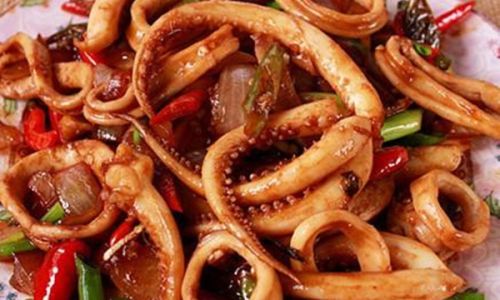
Squid is available whole or pre-cleaned. While pre-cleaned squid saves time, whole squid allows you to control the preparation process fully. For this recipe, we recommend using medium-sized squid (approximately 6–8 inches in length), as they cook evenly and offer the perfect bite-sized pieces.
Preparing the Squid: A Delicate Process
Cleaning squid requires care to remove inedible parts without damaging the flesh. Here’s a step-by-step guide:
- Rinse the Squid: Hold the squid under cold running water to remove any surface debris.
- Separate the Tentacles: Gently pull the tentacles away from the body. The entrails, including the ink sac and quill (a transparent, plastic-like cartilage), will come out with them. Discard the entrails but retain the tentacles if desired.
- Remove the Beak: At the base of the tentacles, you’ll find a hard, circular beak. Snip it off with kitchen shears.
- Peel the Skin: The squid’s outer skin has a purplish hue and can be tough when cooked. To remove it, grasp the skin at the tip of the body and peel it away. A small paring knife can help loosen stubborn areas.
- Slice the Body: Lay the cleaned squid body flat on a cutting board. Using a sharp knife, cut it into rings about ¼ inch thick. For a visually appealing twist, you can also score the flesh lightly in a crosshatch pattern before slicing, which helps the squid curl attractively during frying.
Marinating for Tenderness and Flavor
Marinating squid is a critical step that serves two purposes: tenderizing the flesh and infusing it with flavor. Squid contains proteins that can tighten and become chewy if not properly treated. A quick marinade addresses this while adding depth.
Ingredients for Marinade:
- 1 lb fresh squid, cleaned and sliced
- 2 tbsp soy sauce (or tamari for gluten-free)
- 1 tbsp rice wine (mirin or sherry)
- 1 tsp grated ginger
- 1 garlic clove, minced
- 1 tsp sugar
- ½ tsp white pepper
Method:
Combine all ingredients in a bowl, add the squid, and toss gently. Marinate for 15–20 minutes, but no longer, as acidic ingredients (if using) can begin to toughen the squid.
Crafting the Perfect Batter
The batter is the unsung hero of fried squid. It must adhere lightly, crisp up beautifully, and not overshadow the squid’s natural flavor. A light, airy batter yields the best results.
Ingredients for Batter:
- 1 cup all-purpose flour
- ¼ cup cornstarch (for extra crispiness)
- 1 tsp baking powder
- 1 tsp salt
- ½ tsp black pepper
- 1 cup ice-cold sparkling water (or soda water)
- 1 large egg, beaten (optional, for added richness)
Method:
- In a large bowl, whisk together the flour, cornstarch, baking powder, salt, and pepper.
- Gradually pour in the sparkling water while whisking until the batter reaches a pancake-like consistency—thick enough to coat the squid but thin enough to drip slowly.
- If using an egg, fold it in gently. Avoid overmixing, as this can deflate the batter’s airiness.
Pro Tip: Chilling the batter for 30 minutes before use helps maintain its lightness during frying.
The Frying Technique: Precision Matters
Frying squid is a delicate dance between heat and timing. The goal is to achieve a golden-brown crust without overcooking the squid, which turns it rubbery.
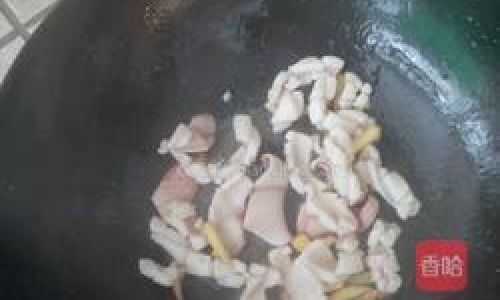
Equipment Needed:
- A heavy-bottomed pot or deep fryer
- A candy thermometer (for accurate oil temperature)
- Tongs or a slotted spoon
- Paper towels (for draining excess oil)
Steps:
- Heat the Oil: Pour enough oil (vegetable, canola, or peanut oil) into the pot to submerge the squid pieces fully. Heat the oil to 375°F (190°C). Maintaining this temperature is crucial—too low, and the squid will absorb oil; too high, and the batter will burn before the squid cooks.
- Coat the Squid: Working in batches to avoid overcrowding, dip the marinated squid slices into the batter, ensuring each piece is evenly coated. Shake off excess batter to prevent clumping.
- Fry in Batches: Carefully lower the squid into the hot oil. Fry for 2–3 minutes until the batter turns golden brown and crispy. Remove with tongs and drain on paper towels.
- Double-Frying (Optional): For extra crispiness, fry the squid a second time. After the initial fry, let the oil return to 375°F, then refry the squid for 1–2 minutes. This technique, common in Asian cuisine, ensures maximum crunch.
Serving Suggestions and Pairings
Fried squid slices are best enjoyed immediately, as they lose their crispiness over time. Serve them hot with a sprinkle of sea salt, a squeeze of lemon, and a garnish of fresh herbs like cilantro or parsley.
Dipping Sauces:
- Classic Aioli: Mayo mixed with garlic, lemon juice, and smoked paprika.
- Spicy Chili Sauce: A blend of soy sauce, rice vinegar, honey, and gochujang.
- Tartar Sauce: Mayonnaise, pickles, capers, and fresh dill.
Side Dishes:
- Crispy fries or sweet potato wedges
- Mixed green salad with a citrus vinaigrette
- Steamed jasmine rice or garlic noodles
Beverage Pairings:
- A crisp lager or pilsner
- A dry white wine like Sauvignon Blanc
- Iced green tea with lemon
Common Mistakes and How to Avoid Them
- Overcooking the Squid: Squid cooks in minutes. Overcooking makes it rubbery. Stick to the 2–3 minute frying time.
- Inconsistent Oil Temperature: Use a thermometer and adjust the heat as needed. Crowding the pan drops the oil temperature, leading to soggy results.
- Skipping the Marinade: Even a short marinade tenderizes the squid and adds flavor.
- Using Thick Batter: A heavy batter overwhelms the squid. Aim for a light, lacy coating.
Variations to Explore
- Gluten-Free Option: Substitute all-purpose flour with rice flour or a gluten-free blend.
- Spicy Kick: Add a pinch of cayenne pepper or chili flakes to the batter.
- Herb-Infused Batter: Mix chopped fresh herbs like basil or dill into the batter.
- Asian-Inspired: Toss fried squid in a mixture of soy sauce, honey, and sesame seeds.
The Final Touch: Presentation
Presentation elevates the dining experience. Arrange the fried squid slices on a platter lined with parchment paper or a banana leaf. Garnish with lemon wedges, microgreens, and a dusting of smoked paprika. For a rustic touch, serve them in a paper cone with a side of dipping sauce.
Conclusion
Fried squid slices are a testament to the magic of simple ingredients transformed by technique. By mastering each step—from selecting the freshest squid to perfecting the frying temperature—you can create a dish that delights the senses and impresses even the most discerning palates. Whether you’re hosting a dinner party or craving a gourmet snack, this recipe ensures your fried squid will be a resounding success. So, embrace the process, savor the results, and don’t be afraid to experiment with flavors. After all, the best dishes are those made with passion and precision.
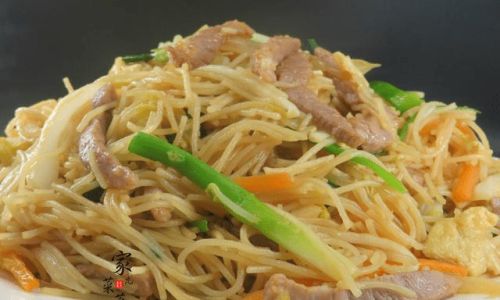

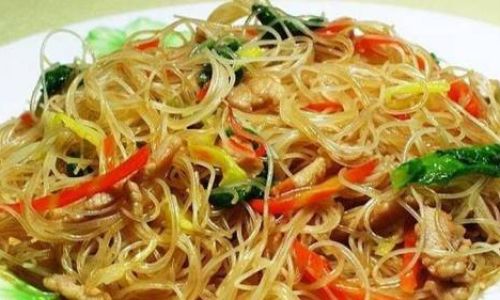
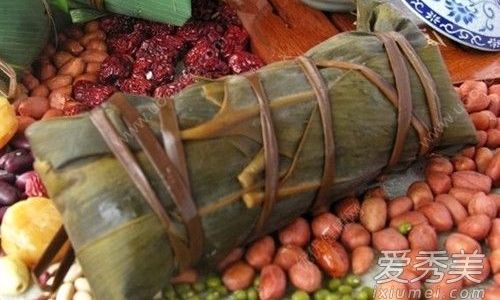
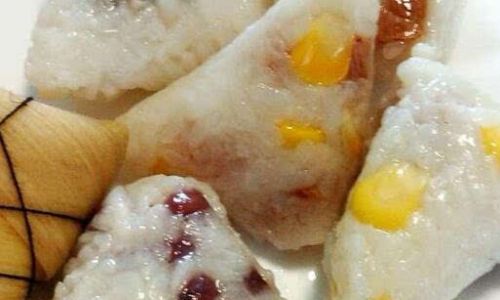
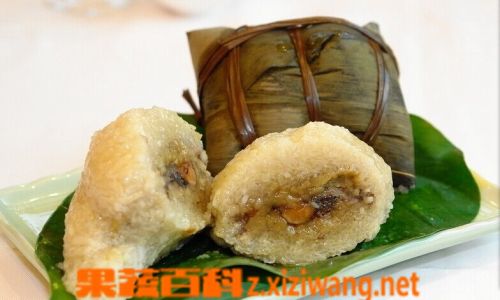
0 comments